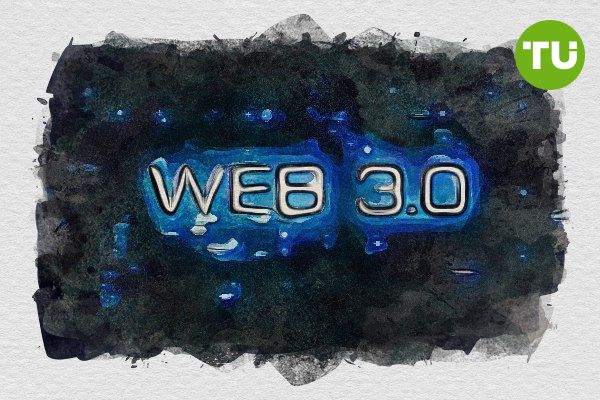Farcaster updates Frames to revolutionize Web3 social app interaction
 Farcaster Frames enhance Web3 app engagement
Farcaster Frames enhance Web3 app engagement
Dan Romero, the founder of the decentralized Web3 social protocol Farcaster, shared an important update on Nov. 26 regarding Frames, a feature designed to enhance user interaction with onchain applications.
The new iteration addresses significant limitations in the previous version, aiming to streamline the user experience and broaden the potential for Web3 social applications.
Loading...
Bridging discovery and usage for onchain Apps
Since its launch in January 2024, Frames has sought to simplify how users discover and interact with onchain applications. Previously, finding an app on Farcaster required users to navigate through a series of steps: clicking links, loading external pages, and connecting wallets—processes that were cumbersome on mobile devices. While the initial Frames feature improved this experience by enabling developers to send wallet-related actions directly to users, it faced challenges:
Frames were small, limiting app functionality.
Rendering Frames as images was slow.
Frames were ephemeral, making it difficult for users to revisit them.
These limitations curtailed widespread adoption, prompting Farcaster’s development team to reimagine Frames with more robust capabilities.
The new Frame standard
The latest version of Frames introduces a full-screen application interface that renders directly within the Farcaster app. This update supports interactive applications, onchain transactions, and user notifications, enabling developers to create more sophisticated social experiences.
Key features of the new Frames include:
Interactive Embedding: Frames can now be embedded compactly in feeds, displaying an image and a button. Clicking the button opens a full-screen frame within an in-app browser.
Comprehensive SDK Access: Developers can use the Frames SDK to trigger actions, save frames, or request onchain transactions.
User Context: Frames have access to user account details and the context in which the frame was invoked.
Ethereum Wallet Integration: Frames can connect with Ethereum wallets, enabling secure transactions and signatures within the app.
An example provided by Farcaster demonstrated how a frame could seamlessly complete an Ethereum transaction through an integrated wallet interface.
Technical specifications
The updated Frames standard relies on structured URLs with specific metadata and manifests:
Frame URLs: Valid URLs must include an embed in their headers and a manifest file at the root domain.
Versioning: Frames adhere to semantic versioning, ensuring compatibility between apps and frames.
Manifest File: Developers must host a JSON manifest at a well-known URI to define metadata, supported actions, and triggers.
Expanding the Web3 social ecosystem
The new Frames update positions Farcaster as a leader in Web3 social innovation, bridging the gap between discovery and seamless app interaction. By enabling developers to build more dynamic, interactive applications, Farcaster aims to elevate user engagement across the decentralized web. This move not only addresses existing pain points but also opens the door for new possibilities in the evolving Web3 ecosystem.













































































































































